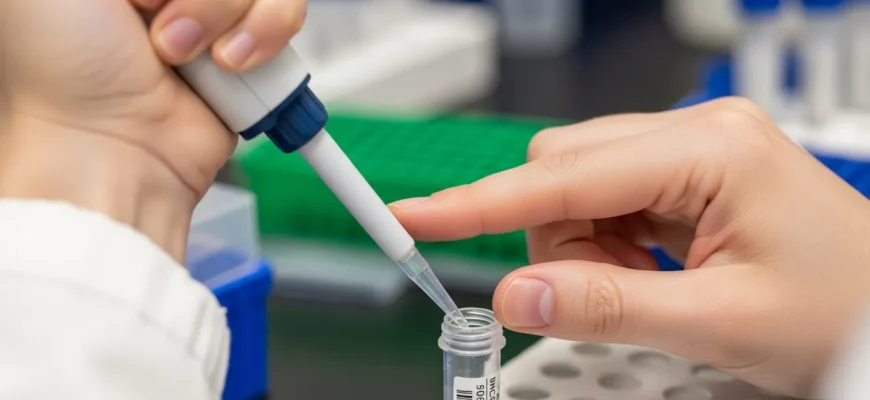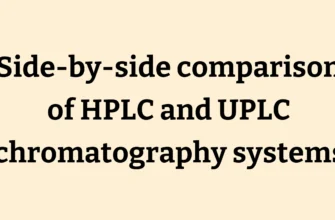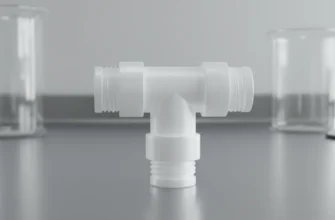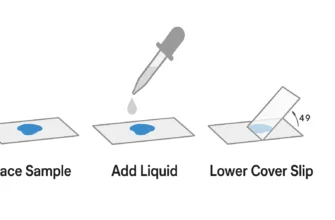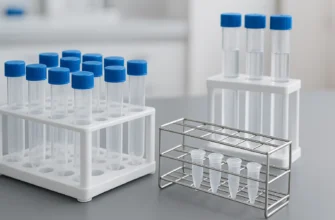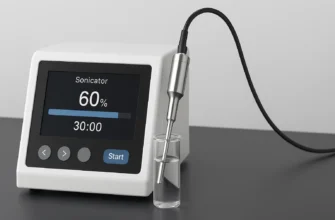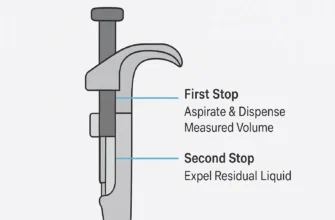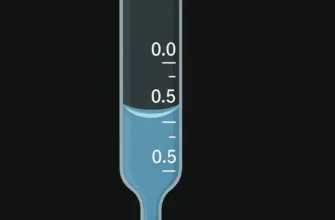The Unseen Threats to Your Laboratory Results
Step into any modern laboratory and the pipette feels almost like an extension of the researcher’s own hand, a subtle partner in every experiment. Yet, beneath the familiar rhythm of pipetting lie hidden threats that, if ignored, can undermine weeks of work. From pipette tips and liquid handling robots to the capillary effect and air cushion function, small imperfections in technique, environmental factors like temperature equilibrium and relative humidity, and overlooked steps such as tip changing or protocol evaluation, can quietly sabotage experimental results.
Precision, Contamination, and the Heart of Pipetting
No matter the pipette—manual, electronic, volumetric, multichannel, or single channel—the outcome of laboratory work relies heavily on how fluids move, interact, and are transferred. Proper pipetting technique, whether air displacement pipetting or positive-displacement technology, is foundational in the biomedical sciences for liquid transfer, serial dilution, PCR product setup, counting platform scale measurement, and microplate wells preparation. Experimental reproducibility depends on careful equipment calibration, pipette care, pipetting management systems, and bench ergonomics—a fact backed by quality and safety professionals and instrument suppliers like Westlab Australia, METTLER TOLEDO Rainin, and Finnish cleanroom firms.
The Core Pillars: New Tips, Pre-Wetting, and Pre-Rinsing
The daily practice of using Pipette Tips—whether standard, micro volume, or disposable piston tips with QuickSnap systems—is about more than habit; it’s about scientific necessity.
-
Tip Changing: Always use a new pipette tip for each new sample or reagent, eliminating risk of cross-contamination and substrate interference.
-
Pre-Wetting Protocols: Pre-wetting the tips with the sample stabilizes both the air cushion and capillary piston, helping negate temperature of the air and heat transfer issues that impact aspirated volume, especially in experiments involving viscous fluids and volatile liquids.
-
Pre-Rinsing: Pre-rinsing the tip with desired buffers or diluents before aspiration, vital for scientific research in clean room facilities, nitrogen blowdown concentrators, and rotary evaporators.
Each step is an investment in data integrity and laboratory results; these techniques fight contamination and inaccuracy, ensuring protocol evaluation yields correct and reproducible outcomes.
Pipetting Techniques and Operator Proficiency
Aspiration—through methods like forward or reverse pipetting, air aspiration, immersion angles, or Reverse Pipetting mode—relies on operator proficiency, pipetting angle, and well-balanced pipetting posture to prevent mechanical backlash and repetitive stress injuries. Proper technique, including tip immersion depth and rate, holds as much importance in manual pipettes as in advanced models like MICROMAN® E, Eppendorf Easypet, PIPETMAN, and micro-volume pipettes with electronic interfaces, VisioNize® Box 2, and XP Series Nanopositioning Stages.
-
Manual Pipetting and Electronic Pipettes: Manual pipettes offer tactile control, simplicity, and durability, suitable for straightforward lab work and budget constraints. Electronic pipettes provide programmable management for complex tasks, multi-channel operations, and protocol storage—bringing consistency and fatigue reduction to high-volume experimental setups, especially in microbiology labs and PCR workflows.
-
Tip Technology: Pipetting skills improve with tip selection, from capillary effect-resistant tips to disposable pistons that guard against cross-contamination.
Environment, Labware, and Experimental Management
Environmental conditions cannot be ignored; temperature equilibrium, relative humidity, and laboratory liquid handling robots all play active roles in experiment success.
-
Labware Cleaning Supplies: Maintaining clean ph meters, UV hoods, and glassware ensures tip and pipette cleanliness, with risk-based approaches to instrument selection and workspace organization.
-
Experimental Management: Operator proficiency must be paired with protocol evaluation and pipetting management systems for sustained research quality—factors that quality and safety professionals champion, from Biomedical Sciences to microbiology and micro-volume pipetting.
Sustaining Excellence and Continuous Improvement
Laboratory excellence is a living standard. Pipette care, equipment calibration, regular tip changing, immersion angles, and continuous operator education are indispensable. Modern pipetting management systems and periodic evaluation add to long-term reproducibility and trustworthy scientific output. Lab Managers and technicians must remain vigilant, using best practices—manual and electronic—to ensure both quality and safety are built into every liquid transfer, serial dilution, and experimental protocol.
Elevate Every Experiment
Precision pipetting is no longer a mere formality; it’s the lifeblood of dependable experimental results. By using fresh tips, mastering pre-wetting and pre-rinsing, and maintaining equipment calibration amidst shifting environmental conditions, researchers guard their data from contamination, error, and irreproducibility. Whether handling volumetric pipettes in a clinical trial, managing electronic pipettes in cleanroom facilities, or fine-tuning manual pipetting techniques under the watchful eye of a Lab Manager, every drop and every action counts. It is this dedication—from the tip of the pipette to the edge of the microplate—where true laboratory success is born.

